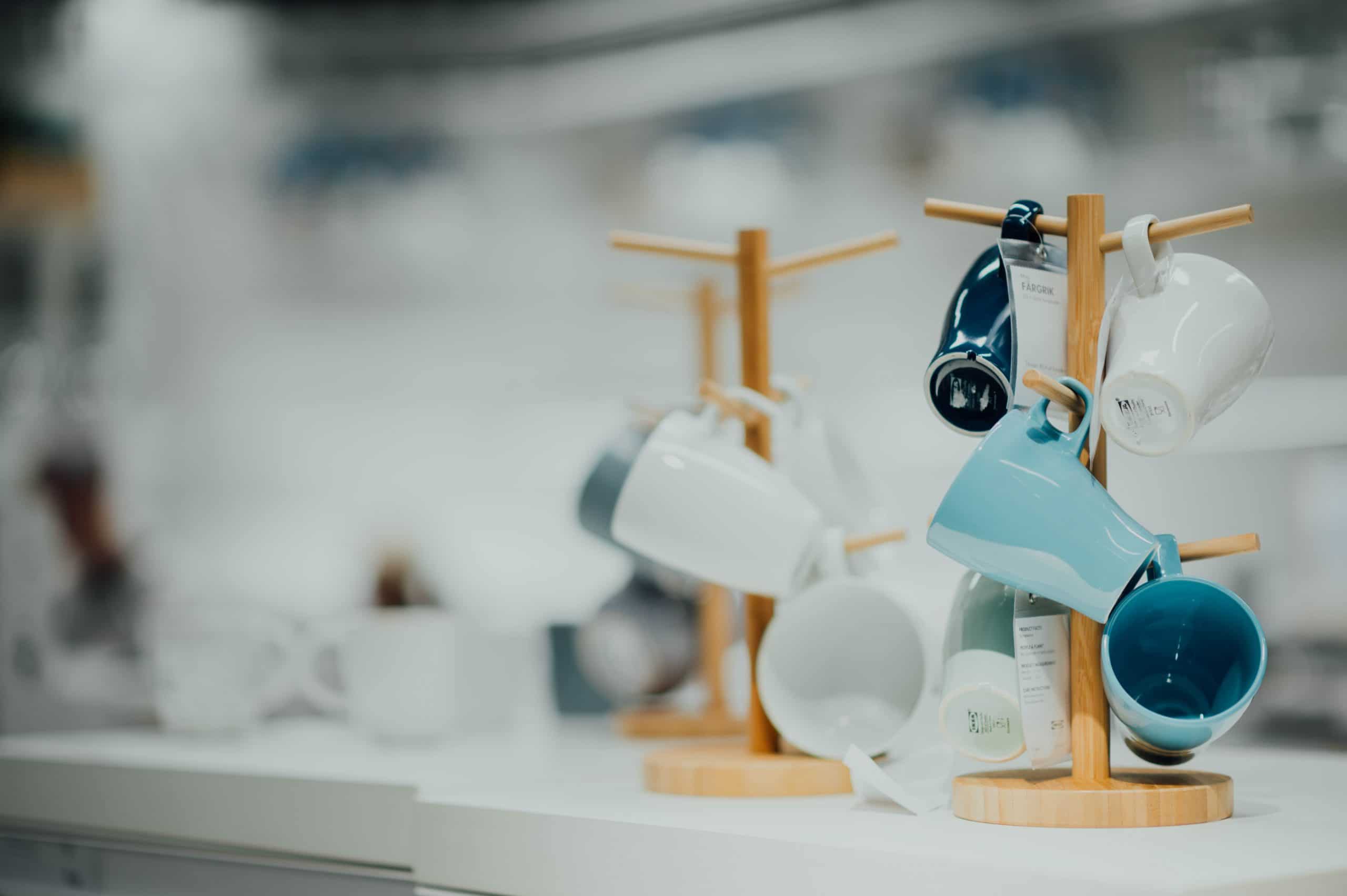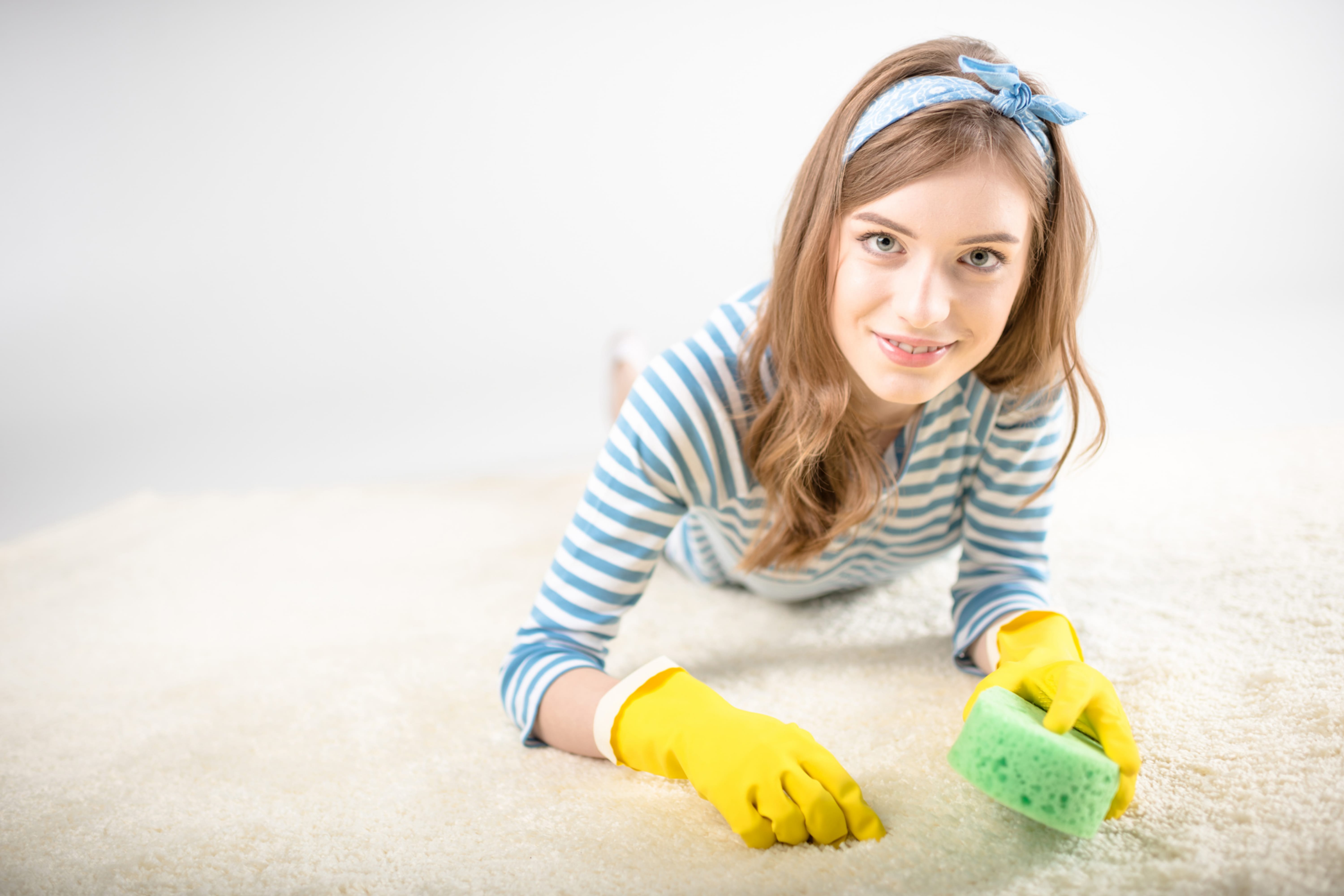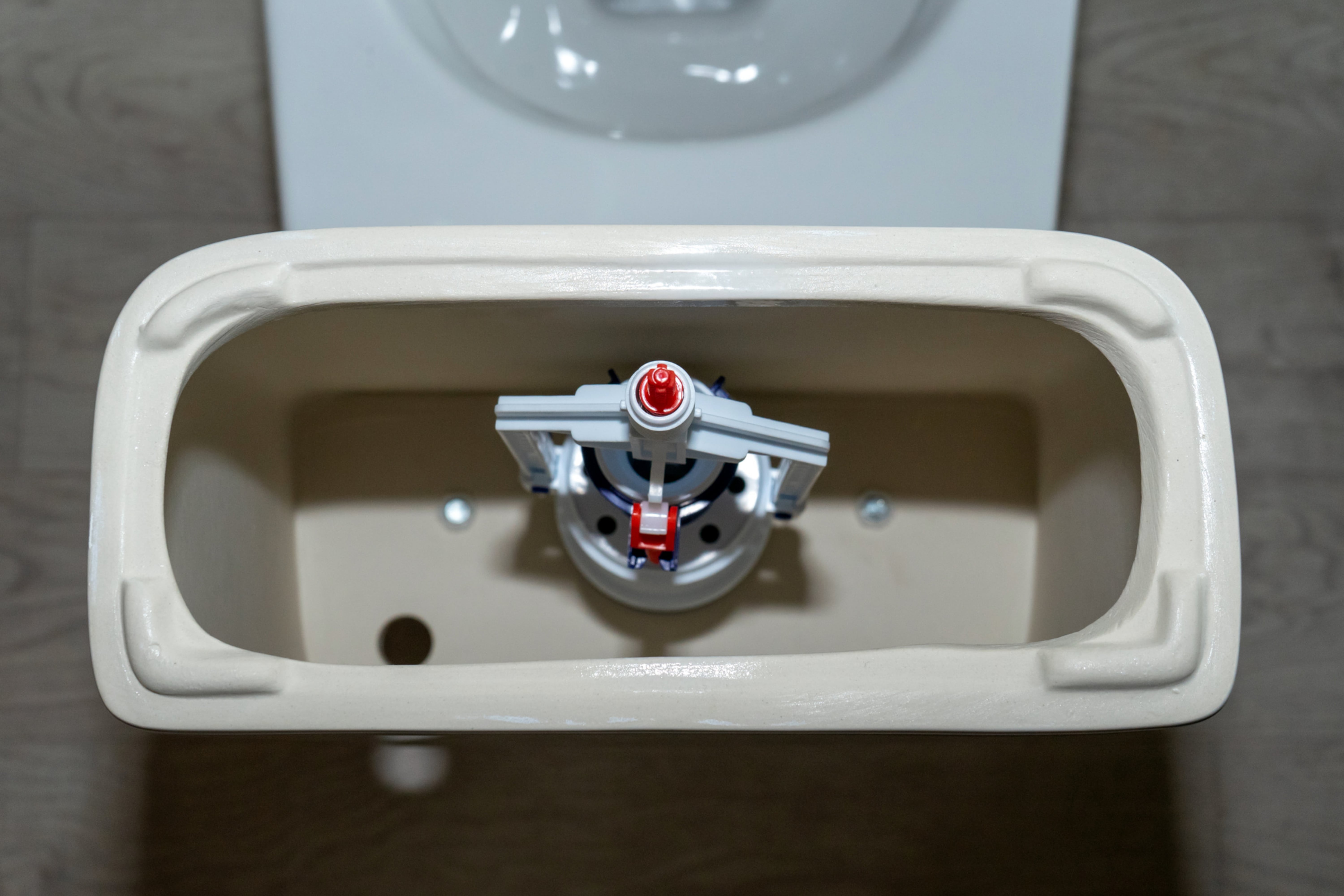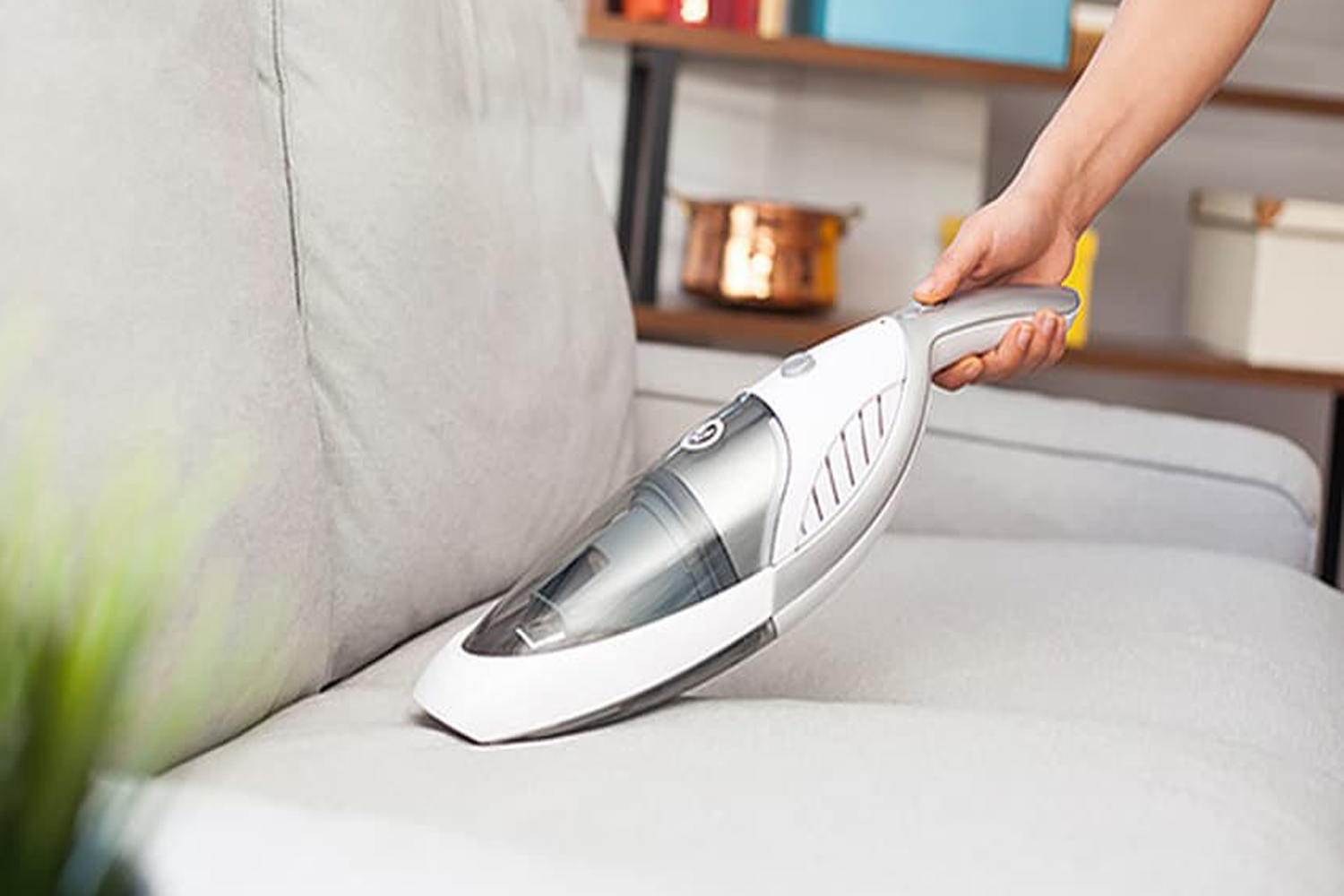Keeping our kitchen clean is required not only for preventing any pests like cockroaches or mice to appear. Clean and sanitized surfaces and utensils are the best guarantees that our health is safe and protected from any microbes and harmful bacteria.
Want to know how to keep your kitchen safe for you and your family members? Then take into account the tips we give below.
Why Shall We Keep Our Kitchen Properly Sanitized? General Rules and Dangers
You may assume that sanitization methods are required only for the kitchens used by many people like restaurant kitchens, for example, that have to service hundreds of visitors every day.
But is it so necessary at home? What is it so dangerous in several crumbs left on the table or in a dirty dish that we forgot to wash? Well, at first sight, nothing that bad. However, allowing a kitchen to get dirty may after a while lead to quite unpleasant results like a food-borne disease!
And of course, it refers not only to the commercial kitchens like the restaurant or cafe kitchens but also to your own kitchen that you use daily in your home!
So why shall we take care of our kitchen cleanliness?
Photo by CDC on Unsplash
A kitchen is a place where we usually spend quite a lot of time and, surprisingly, it is more likely to be affected by the external bacteria! Why so? Because it is the kitchen where we bring all the groceries that we bought in a store and together with those, some harmful microorganisms may invade our home.
Also, in many houses, a kitchen has a direct exit to the garden or a yard which makes it easier to bring in germs especially if we don’t always take off our shoes before entering it.
Some people use bleach sanitizing solution to swiftly disinfect their kitchens and they think it is more than enough to keep them safe.
But what about the other items in it? Shall we sanitize dishes and other utensils? Definitely we shall. Keeping all these items clean regularly will guarantee that no contaminants will harm our indoor space.
Now let’s figure out how we can do this!
Sanitizing Methods For Kitchen Surfaces and Utensils
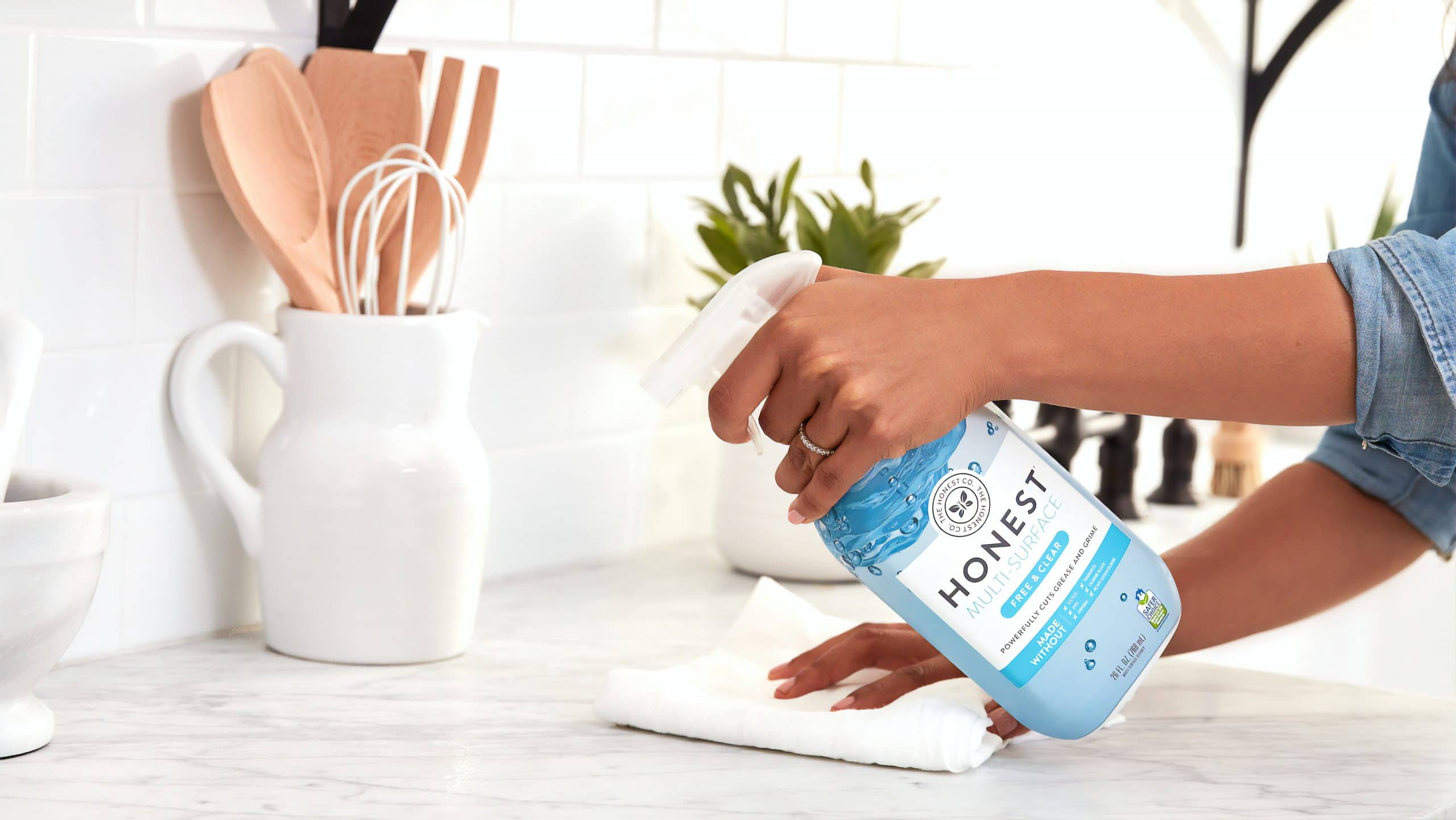
In the kitchen, there is a plenty of items that can host germs and other dangerous “neighbors”. A gas stove, kitchen counter, table, and of course, all the utensils like knives, cutting boards, frying pans, and pots – all of them can be a source of potential illness.
What to do then, you may ask? Proper cleaning and disinfection will help.
- How to sanitize dishes in a sink?
If you don’t have a dishwashing machine, use a kitchen sink instead.
First of all, delete any crumbs and food leftovers from the dishes. Then wash them in hot and soapy water using a dishcloth as a sponge is a perfect home for germs.
After you cleaned the grease from your dishes, rinse them in hot and clean water to wash off the rest of the soap and foam.
Now you can sanitize the dishes with chlorine bleach and let the dishes air dry (avoid using towel for drying as it can bring more germs again!).
- Sanitizing dishes with hot water
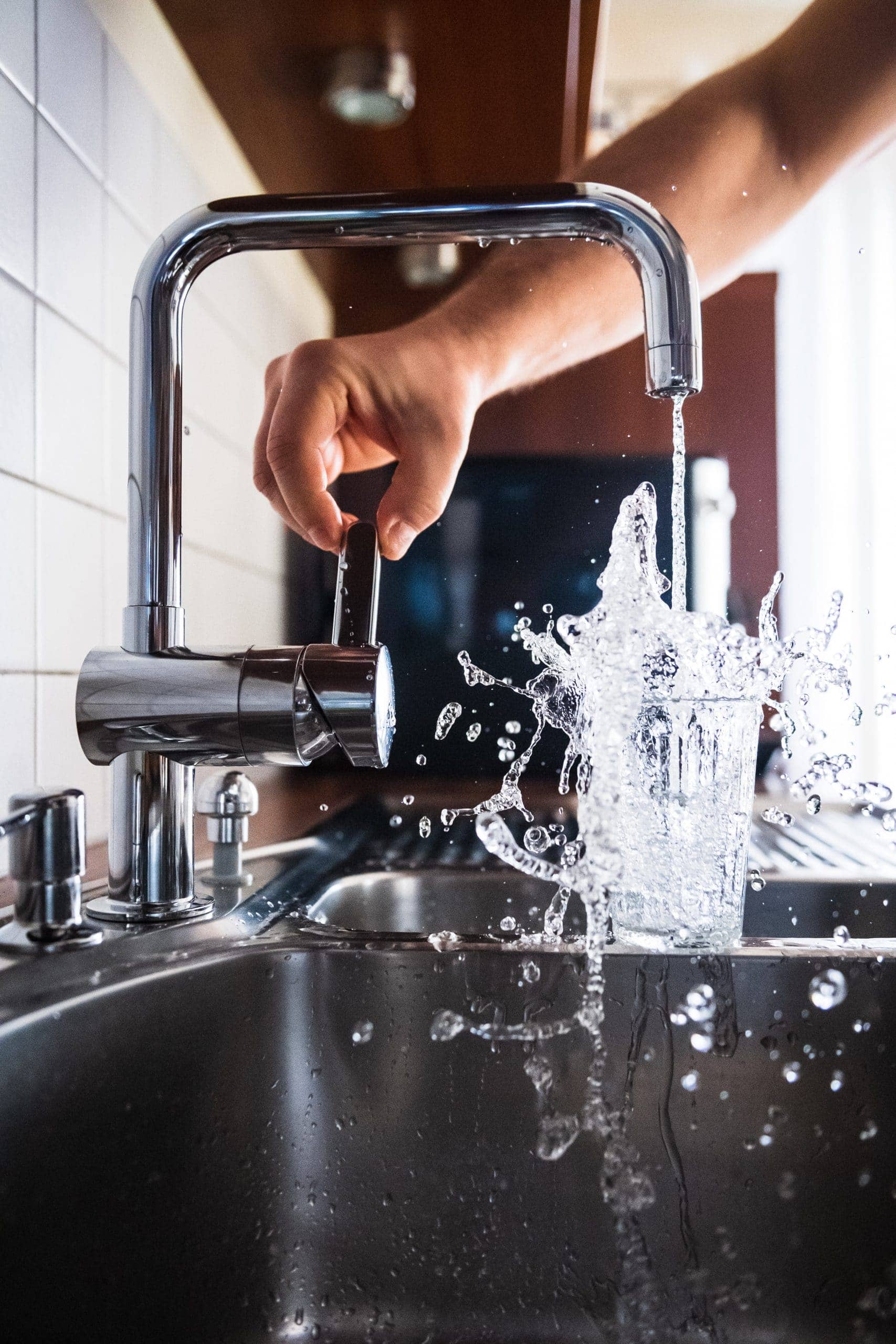
There is another way to disinfect the dishes and it’s about using hot water. Simply immerse your dishes into hot water (170 degrees Fahrenheit) for one minute. Then take them out and air dry. If you have a dishwasher that uses hot water as a sanitizer, simply set that option before you start washing the dishes.
- What are the two methods to properly sanitize dirty dishware?
There are two most widespread ways one can disinfect dishes with.
One is by uing a chlorine bleach agent. What is required to be done first is to prepare a cleaning mixture made of 3.5 liters of cool water and one big spoon of chlorine bleach. Then submerge the dishes into this blend for one minute and let air dry after you take them out.
Another method is hot water disinfection. Simply prepare a sink filled with 170 degrees Fahrenheit hot water and immerse your dishes in it for a minute at least. Then remove them and leave to air dry.
- What is the proper way to sanitize a table that has been used for preparing food?
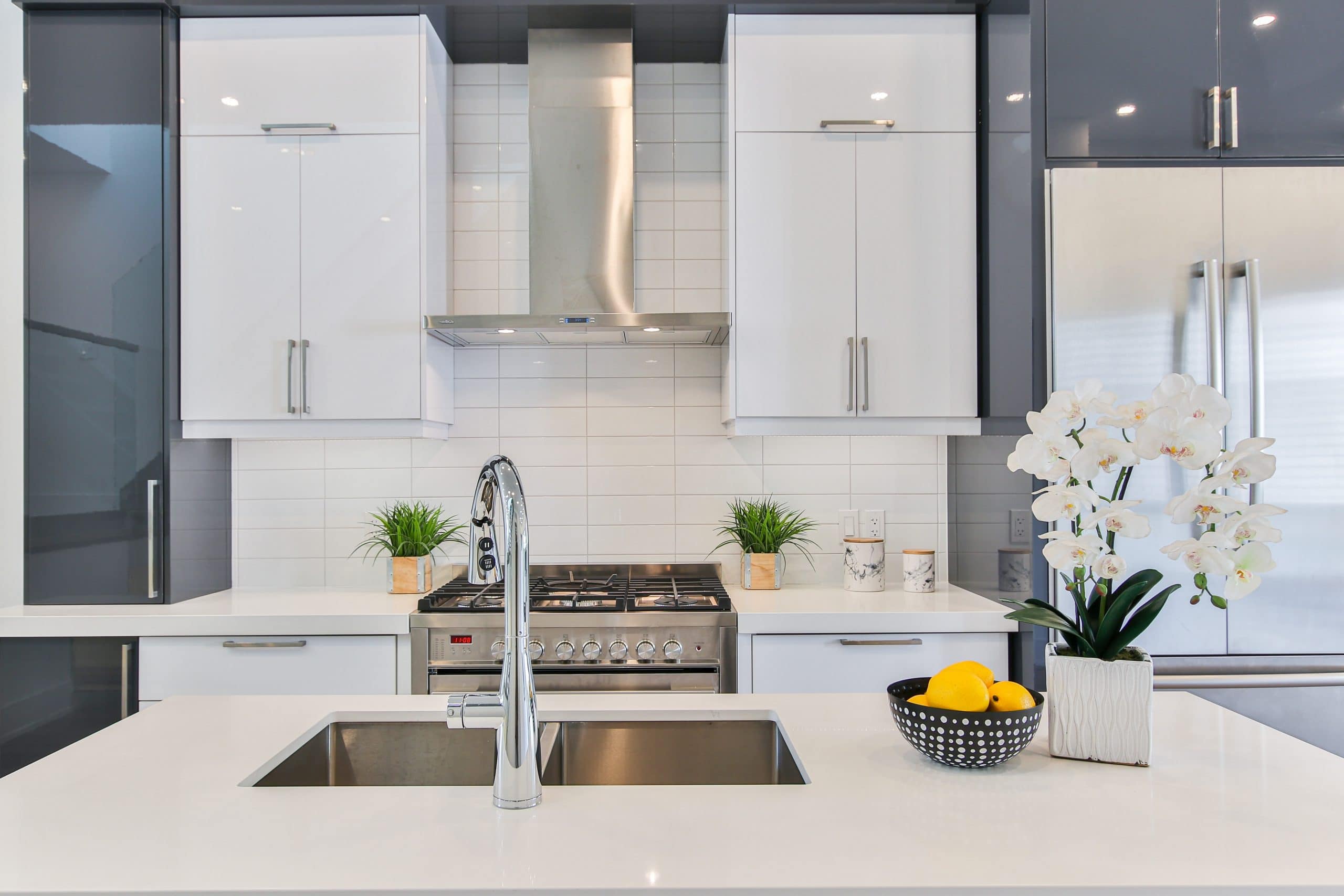
We often use the kitchen table for putting raw vegetables and our purchases on it thereby making it vulnerable to germs we could bring from the market of a store.
To disinfect the table, first, wipe it with a dry cloth to remove any dust or dirt. Then apply the ordinary surface-cleaner that you use for tables and rinse with clean water afterward. Finally, spray over a sanitizing agent, either a quat-based or a chlorine-containing one, and let it dry.
Remember to use a different cloth for each stage of the sanitization process!
How to sanitize dishes with vinegar
If you don’t want to use chemicals for disinfection, choose less aggressive agents, for example, vinegar.
Simply add several teaspoons of vinegar to the soapy water in the sink while you are washing dishes. They will be not only clean and free of any soapy slick but also properly disinfected.
How to sanitize dishes without bleach
If you don’t feel like using bleach for your plates and cups, you can either prepare a vinegar-water mix or simply use hot clean water to sanitize the dishes at home. Another way is to buy antibacterial dish soap.
Washing dishes with bleach. How to do it?
Bleach-sanitization is one of the most effective ways to fight germs. For cleaning dishes with bleach, start with washing and rinsing them. Then prepare a mix of three liters of water and two small spoons of bleach and immerse the dishes in it for two minutes at least.
After the time has run out, drain the dishes and let them air dry.
This method, however, won’t work on silver, non-stainless steel, aluminum and chipped enamel.
When Should You Clean and Sanitize Surfaces and Utensils?

You may now have a question regarding how often it is required to sanitize and clean the kitchen surfaces and utensils.
Well, the best choice is to disinfect the kitchen utensils and surfaces after each use. So each time you cook something, end it with a proper cleaning of your kitchen.
If you are making a big dinner and need to make several different dishes using different types of food, sanitize after you are done with each of them.
Q&A. Extra Tips and Advice

There may be many questions about how to clean and disinfect properly and what to use for it. Check out this brief list of the most frequent questions to ensure that you know everything you need.
Clean dishes must be dried before they are stored
After you wash and sanitize your dishes, ensure that they are completely dry before you put them into the cupboard. Any humidity may be a good environment for germs and bacteria!
Which dish sanitizer is the best?
In fact, all sanitization methods work well, however, those using chemicals or strong agents like bleach will be better as they are even more harmful to bacteria and germs than hot water, for example.
Is it safe to wash dishes with bleach?
Bleach helps to clean the dishes better even in a dishwasher and it is a great sanitizer, too. But is it safe to use? In fact, if you treat your dishes with some soapy water afterward, you will remove any traces of bleach and your plates will be absolutely safe to use, anyway, chlorine that bleach contains evaporates fast so there is no harm in using bleach at all.
How to make a chlorine sanitizing solution?
When preparing a homemade sanitizing agent, ensure that the proportions are correct. The correct concentration for a chlorine sanitizing solution used for dishes and utensils is one big spoon or two teaspoons of the agent per three liters of water.
Such a sanitizing solution is safe and very effective.
How to dry kitchen utensils after disinfection?
After sanitizing a utensil the utensil should be left to air dry. Don’t wipe it with a cloth or a towel as in this case you can bring more germs to its surface again.
Is sanitizing my dishwasher required?
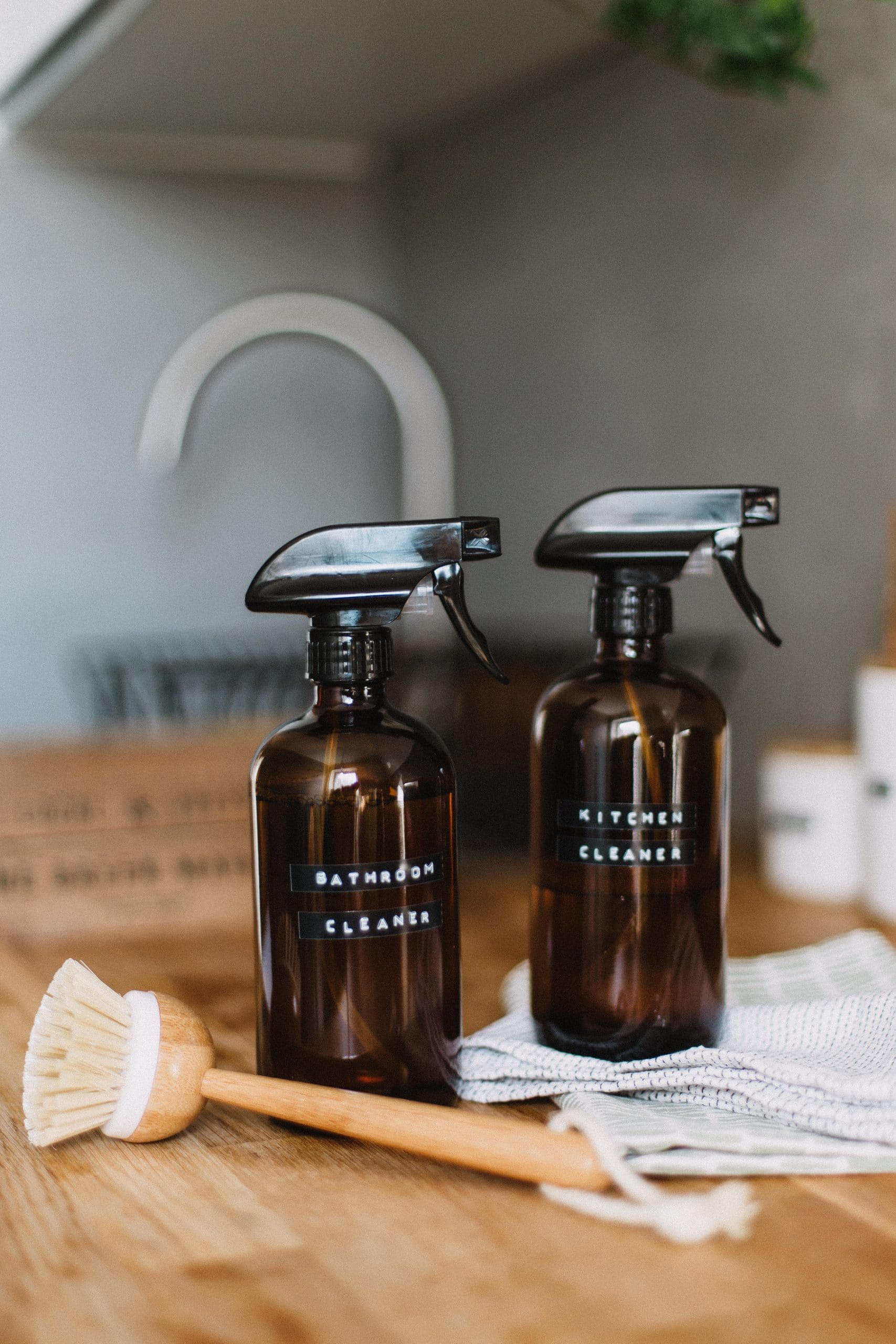
If you are using a dishwasher, you may wonder whether it also has to be disinfected.
In fact, it is required to disinfect the dishwasher’s filter and drain every month to prevent any bacteria from spreading as the dishwasher insides are often humid and may contain the leftovers of food and grease.
Where do you keep the wiping cloths you are using?
As we use wiping cloths for cleaning dirty surfaces, they tend to collect bacteria and germs. So when they are not in use, keep them in a bucket with water and sanitizer mixture to kill any contaminants.
What shall hot water sanitization temperature be?
To disinfect the dishes with hot water, heat it up to 170 degrees Fahrenheit.



